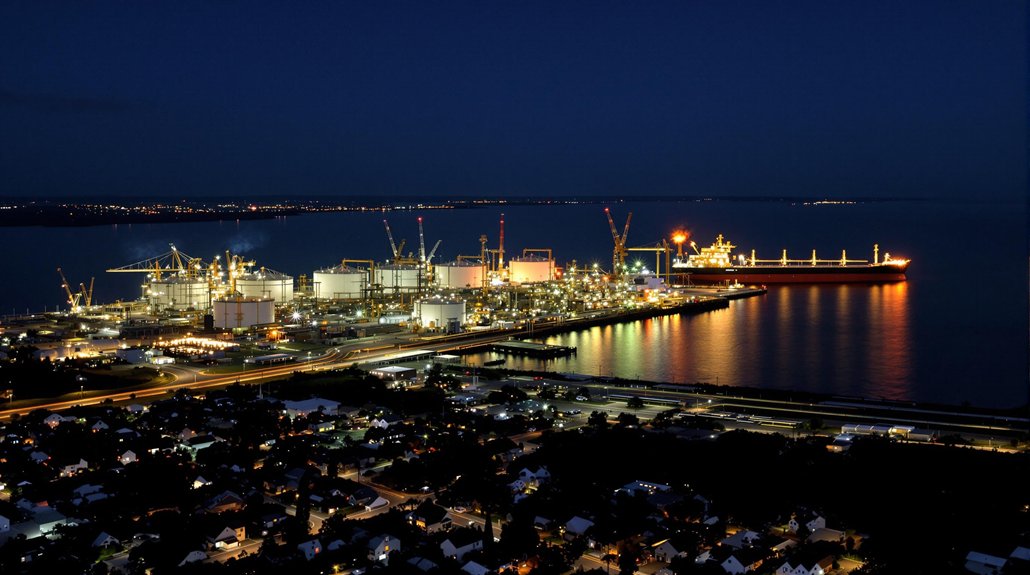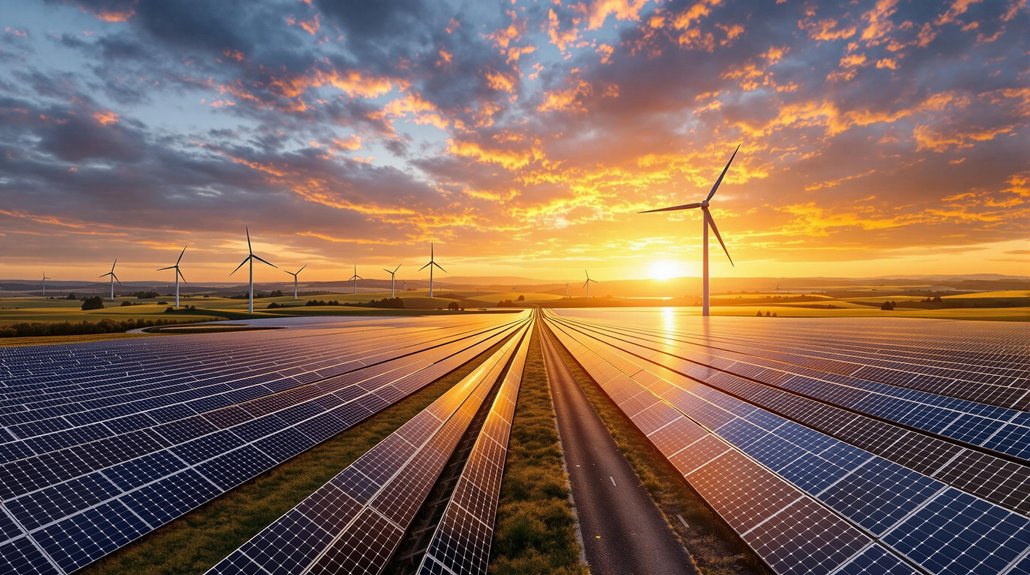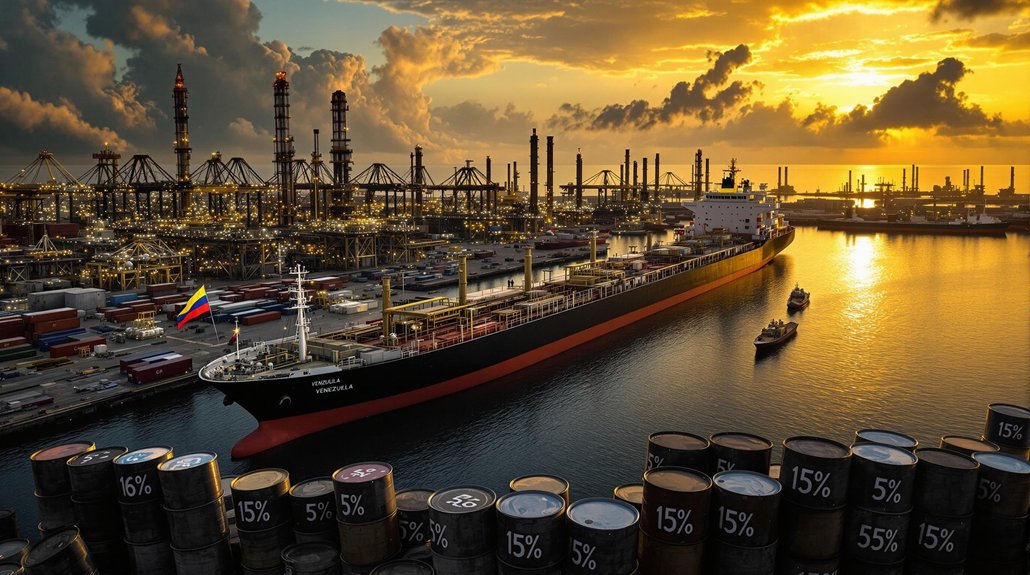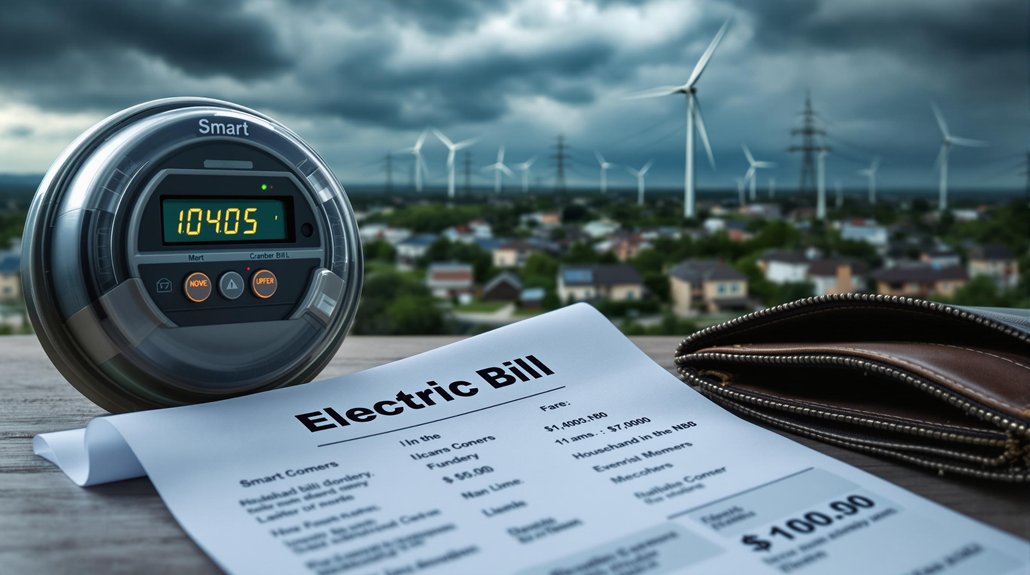America’s natural gas industry is changing fast. Under Trump’s administration, the U.S. became the world’s top LNG exporter. This shift brings jobs and international influence, but there’s a catch. As more gas heads overseas, domestic prices could climb. Experts predict the average household might pay $122 more annually for heating and electricity. Low-income families will feel this pinch most severely. The question remains: who ultimately benefits from America’s gas gamble?
The United States has transformed into the world’s largest liquefied natural gas (LNG) exporter under policies initiated during the Trump administration. With a “drill, baby, drill” strategy, America surpassed Qatar in export capacity and now aims to capture up to 70% of global LNG exports by 2027.
America’s energy revolution has positioned us as the LNG export powerhouse, aiming to dominate 70% of global markets by 2027.
Eight LNG export terminals currently operate across the nation, with current capacity at 85 million tonnes per year. The infrastructure is growing rapidly, with plans to increase capacity by 26% by 2025, adding nearly 30 billion cubic meters to global supply.
The recent cancellation of President Biden’s LNG export moratorium has reopened the approval process for pending and future terminals. Major projects in Louisiana, including Calcasieu Pass 2 and Commonwealth LNG, have been fast-tracked, with eight additional projects in the pipeline.
This export boom comes with costs for American consumers. According to a December 2024 Department of Energy report, LNG export expansion could cost the US industrial sector $125 billion between 2020 and 2050. Pennsylvania alone could see gas expenditures rise by $9.6 to $15.7 billion.
Average US households might pay $122 more annually for natural gas and electricity as domestic supplies are diverted to higher-paying export markets. These price increases will likely hit low-income communities and energy-intensive industries hardest. Households might need to consider aging EVs as backup power sources during increasing grid instability and outages. S&P Global forecasts suggest these costs could continue rising as US exports increase 270 percent by 2030.
The export strategy serves both economic and geopolitical goals, helping European and Asian allies reduce dependence on Russian gas. However, tariffs on imported steel and aluminum have raised construction costs for new terminals, potentially delaying some projects to 2026.
Environmental concerns are mounting as increased exports drive more fracking activity across the country. Communities near gas extraction sites and export facilities face potential health and safety risks.
As America’s gas flows increasingly toward international markets, the domestic energy landscape is shifting. The Freeport LNG explosion in June 2022 demonstrated how export disruptions can immediately impact prices, causing a 16% price drop in natural gas. The promise of economic benefits through exports must be weighed against higher costs for American consumers and businesses who rely on affordable natural gas.









